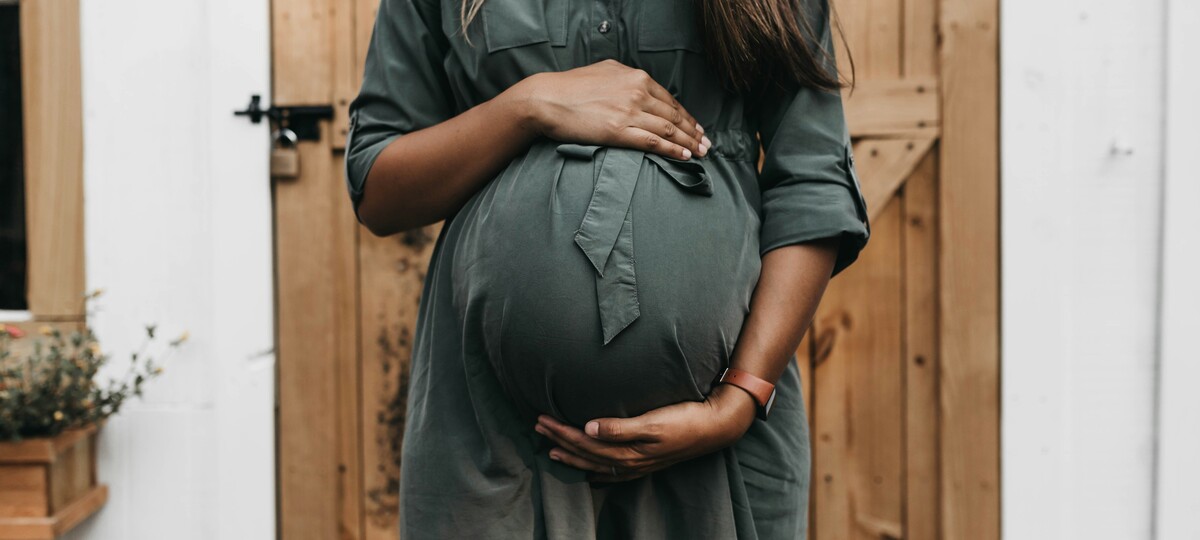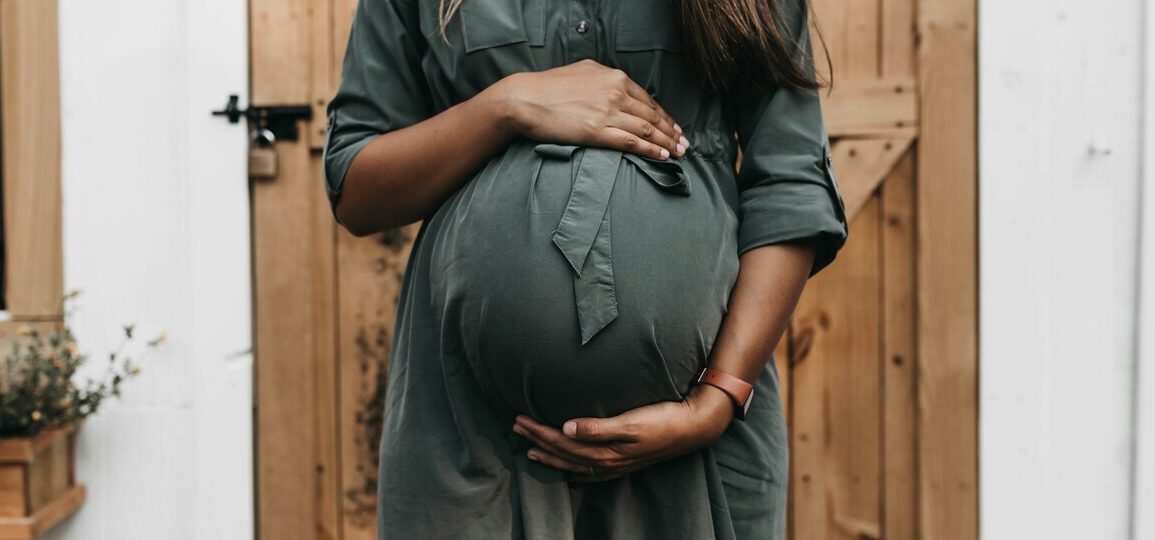
The United States has the second highest rate worldwide of incarcerated women. In recent decades, there has been a dramatic increase in U.S. correctional population, and women are a rapidly growing segment of that population. The U.S. incarcerates about 65 out of every 100,000 women, according to The Journal of the American Academy of Psychiatry and the Law.
Most women who are incarcerated are within their reproductive years, and many women are pregnant at reception. Nearly 4% of incarcerated women in the U.S. are pregnant; some reports estimate that there are approximately 58,000 pregnant women in jail or prison.
Pregnancy can be challenging to a mother and fetus under the best of circumstances. According to Johns Hopkins University, pregnant women are particularly vulnerable to life-threatening complications if not closely monitored by a physician. Now imagine if you are a pregnant woman in prison.
Nearly 50 years ago, the United States Supreme Court found that the U.S. Constitution requires prisons to provide medical care to inmates by holding that “deliberate indifference to serious medical needs of prisoners” violates the Eighth Amendment’s prohibition of cruel and unusual punishment.
However, prisons and jails continue to act with indifference to the care and treatment of pregnant prisoners. For instance, the use of restraints on pregnant women and women in labor appears to knowingly increase the risk of significant medical harm to the mother and unborn child.
Outside of the prison walls, the government and private businesses make a host of accommodations for pregnant and parenting women. The Pregnancy Discrimination Act is a federal statute that protects pregnant workers and requires covered employers to make job-related modifications for pregnant employees. The Act forbids employment discrimination based on pregnancy, childbirth, or medical conditions related to pregnancy or childbirth.
When a family is expecting a new child, the Family Medical Leave Act (FMLA) provides equal leave for both the mother and father. Both, or either, covered parent, may take 12 weeks leave for the birth of a newborn. If both parents work in positions covered by the FMLA, they will both be entitled to leave. FMLA also provides leave for pregnancy-related health reasons.
In prison, the government is not so generous when it comes to pregnant women or women who have recently given birth. A significant majority of correctional facilities do not have on-site obstetric care; pregnant women are typically transported to community-based providers for prenatal care, and women in labor are transferred to medical facilities for delivery. Though policies vary by jurisdiction, during transport, labor, delivery and post-delivery, women are frequently shackled with handcuffs, leg irons and/or waist chains, reported AMA Journal of Ethics.
Shackling pregnant women being transported for or being provided medical treatment is a remnant of the institutions that, have for years, predominately housed men.
Prisons and jails are not equipped to properly care for pregnant women. For instance, pregnant women with mental health problems are advised to stop taking psychotropic drugs for bipolar, anxiety and depression. Obviously, confinement exacerbates their condition. Intensive mental health therapy must, but doesn’t always, stand in the void.
Special nutritional concerns like seafood, foods not fully cooked or fruit and vegetables not properly cleaned put women and their babies at risk. Proper intake testing and evaluation, prenatal care and postpartum care, especially mental health care after separation from a newborn child, can go a long way toward protecting pregnant women and their newborn.
Pregnant women do not belong in prisons or jails, but until we get to the point where society can achieve an alternative — at a minimum cruel and unusual methods such as shackling women during prenatal care and childbirth must stop.
Matthew T. Mangino is of counsel with Luxenberg, Garbett, Kelly & George P.C. His book “The Executioner’s Toll, 2010” was released by McFarland Publishing. You can reach him at www.mattmangino.com and follow him on Twitter @MatthewTMangino.
Photo credit: Camylla Battani at Unsplash
This post was originally published on this site be sure to check out more of their content.









